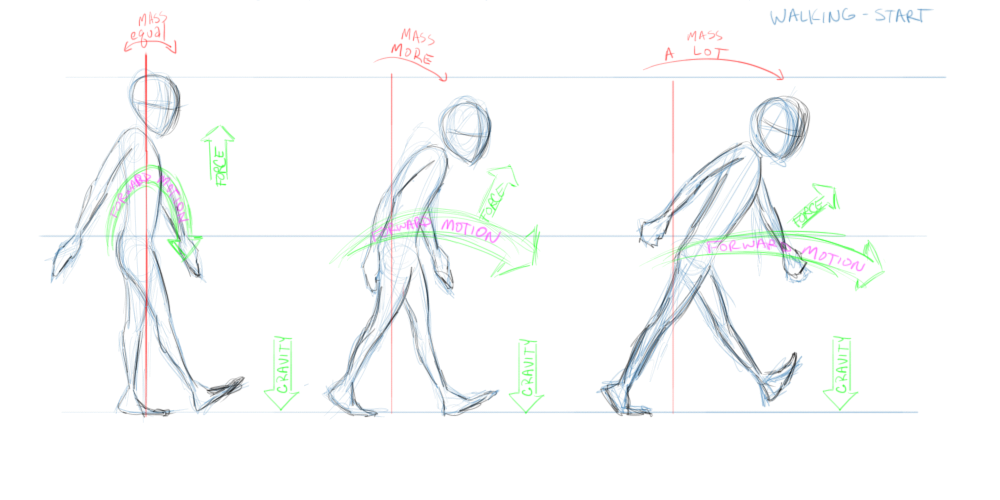Movement. The key to growing, an every day occurrence in any human’s life since birth. A baby kicks and squirms, a toddler crawls before walking, a kid learning to ride a bike. All movements that lead to balance strength.
But with keeping that balance there can come falls. While a baby, child or young adult can fall and sustain a minor injury, a fall for someone older can be detrimental and even fatal.
The NY Times posted an article stating that “ In 2010, 13 million Americans reported being injured in a fall, often caused by simple trips on the sidewalk or on the stairs at home. For the over 65s, the figures are worse: one in three in this age group falls every year, resulting in some 250,000 hip fractures and more than 25,000 deaths, usually from traumatic brain injuries. The health care cost of treating these falls is estimated to be $34 billion a year.”
With the rise of “falling” continuing how do we stop or at least prevent this?
Balance is both physical and mental. A lot of us can walk, run, skip, jump around without hesitation, but focused balance can be more challenging. Think of standing in a position on one leg for longer than thirty seconds…simple enough? Now close your eyes and try it again. Not so easy right?
Balance is defined as an individual’s ability to maintain their line of gravity within their base of support. Think of this definition as the physical action. The mental action of balance is maintaining equilibrium where all acting forces of one’s body and mind are cancelled by each other resulting in a stable balanced system.
What are some ways to regain that balance?
Standing Up Right – Each human has sensors in their muscles and tendons throughout their body that detect stretches and deformations. These are known as proprioceptors.
Your balance won’t be stable unless your brain is attuned to the signals from these sensors. Even wearing socks can interfere with this subtle feedback and may worsen your balance.
Walking – Everyday balance training. While it looks easy, it is a lot of mental balance for your brain to calculate where your feet should be placed to avoid a fall.
Gross Motor Skills – The movement and coordination of one’s arms and legs in coordinated skills like running, jumping, crawling. These can enhance your cognitive performance and strengthen your balance.
Physical Therapy- Improves mobility. Physical Therapy will help regain the ability to move around with more ease, coordination, and confidence. Creating an individualized treatment and exercise program to gradually build your strength and movement skills.
How to find the right balance?
By combining physical and cognitive movements together you can achieve balance. Simple balance training, aerobic exercise and strength training will physically build endurance and growth, but it is the coordination of the movements of your body through more unpredictable exercises that will enhance the cognitive movement in your balance.
For more information on balance and best balance practices please reach out to your IPT therapist.
